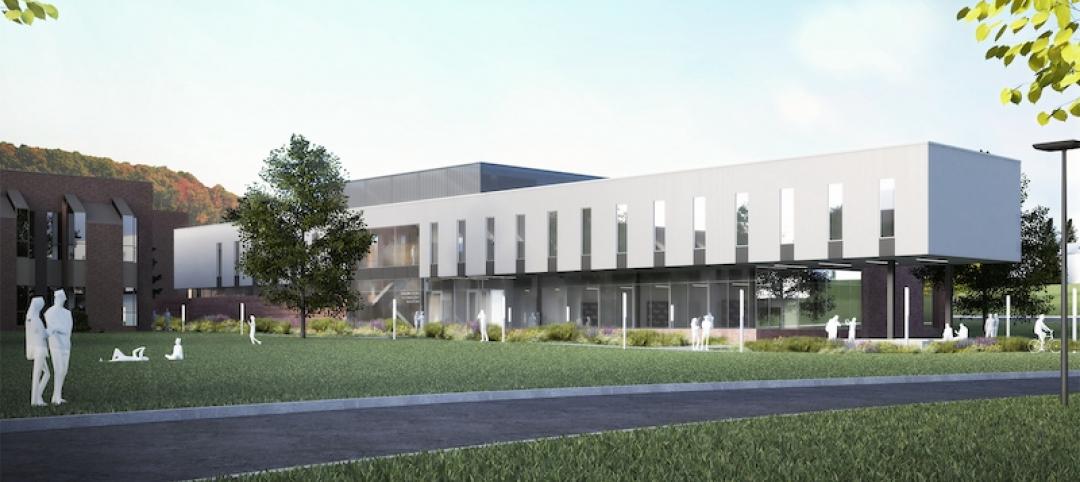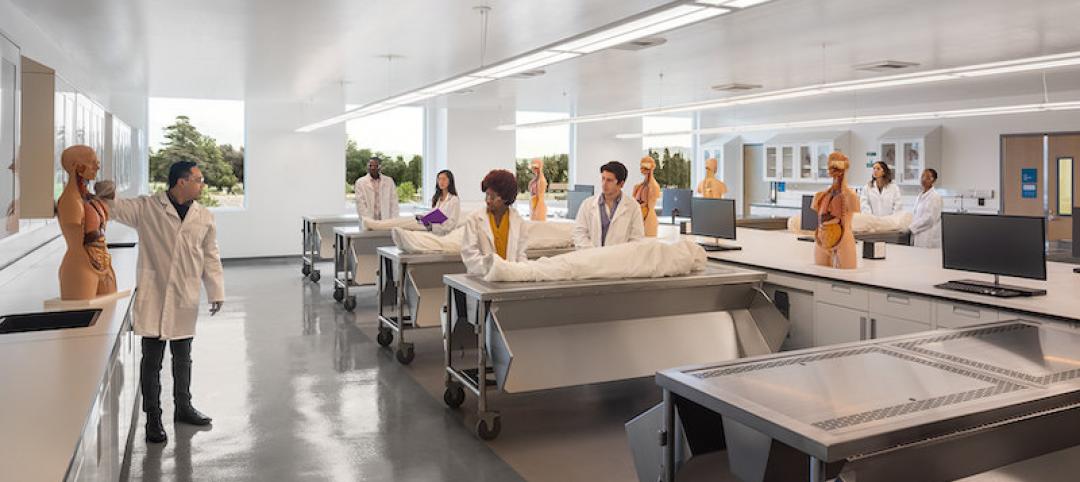With capital budgets strained, renovation may be an increasingly attractive money-saving option for many college and universities.
Deciding whether renovation is more cost effective than new construction comes down to a few key questions:
• Can the existing structure support the program?
• Is the structure still sound?
• Is hazardous materials abatement needed?
• Will current occupants have to be relocated during construction? If so, what are the options?
Tom Chung, AIA, LEED BD+C, says it is worth spending extra time to do a thorough investigation of structural issues and infrastructure. “University officials understand this if they have been burned on a previous rehab project,” says Chung, a Principal with Leers Weinzapfel Associates Architects.
Unanticipated asbestos abatement can be a budget buster. Occupant relocation costs can be onerous if the college has to rent an off-campus facility. “You could spend $1 million or more to relocate for two years of construction time,” he says.
Niagara County Community College ran into an asbestos abatement problem in renovating the Rainbow Centre Mall in downtown Niagara Falls, N.Y. Originally constructed in the 1970s as a parking garage, the property fell into disuse and was donated to the college. The structure was a mess, says Peter C. McCarthy, LEED AP, Project Designer with CannonDesign. “It was leaking badly and had mold,” he says.
But the precast concrete structural components were still sound, and the design firm was able to devise plumbing and HVAC systems to fit the structural bones so that only minimal structural alterations were needed. A total gut rehab turned the building into the Niagara Falls Culinary Institute, which has since become a hot downtown destination for foodies, with two restaurants, a pastry shop, a wine shop, and a food-themed bookstore.
If all else fails, try turning to targeted grants. Niagara County CC used a $270,000 New York State Energy Research and Development Authority incentive grant to offset the cost of energy-efficiency measures, notably variable-speed kitchen exhaust hoods controlled by smoke sensors. In 2013, the school saved $38,000 in energy costs from its above-code systems and features.
The lesson: Building Teams would do well to help their college and university clients find grants and incentive programs to achieve best value on energy efficiency.
Learn more about higher education development trends in BD+C's Special Report, “How your firm can help struggling colleges and universities meet their building project goals.”
Related Stories
Laboratories | Aug 31, 2021
Pandemic puts science and technology facilities at center stage
Expanding demand for labs and life science space is spurring new construction and improvements in existing buildings.
Giants 400 | Aug 30, 2021
2021 Giants 400 Report: Ranking the largest architecture, engineering, and construction firms in the U.S.
The 2021 Giants 400 Report includes more than 130 rankings across 25 building sectors and specialty categories.
Giants 400 | Aug 26, 2021
2021 University Giants: Top architecture, engineering, and construction firms in the higher education sector
Gensler, AECOM, Turner Construction, and CannonDesign head BD+C's rankings of the nation's largest university sector architecture, engineering, and construction firms, as reported in the 2021 Giants 400 Report.
University Buildings | Aug 20, 2021
University of Pittsburgh at Bradford’s new STEM building breaks ground
HED designed the project.
University Buildings | Aug 19, 2021
School of Medicine completes on California University of Science and Medicine’s new Colton campus
The project was designed and built to address critical public health needs in an underserved region.
Resiliency | Aug 19, 2021
White paper outlines cost-effective flood protection approaches for building owners
A new white paper from Walter P Moore offers an in-depth review of the flood protection process and proven approaches.
University Buildings | Aug 12, 2021
Central Michigan University’s Chippewa Champions Center completes
The project was designed in partnership between Populous and GMB Architecture + Engineering.
University Buildings | Aug 9, 2021
California State University Long Beach’s new dormitory is one of California’s most sustainable
Gensler designed the project.
University Buildings | Aug 6, 2021
Is air quality the next hot campus amenity?
New research shows that students want to be back on campus, but they—and their parents—are asking more of higher ed institutions.
Sports and Recreational Facilities | Aug 5, 2021
Roadrunner Athletics Center of Excellence opens at the University of Texas at San Antonio
Populous designed the project in collaboration.

















